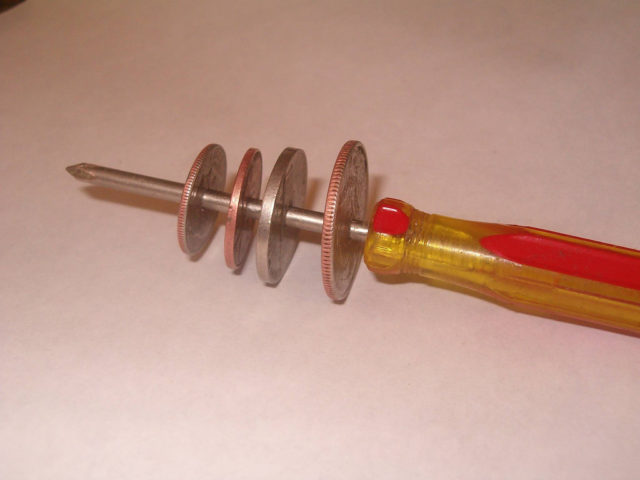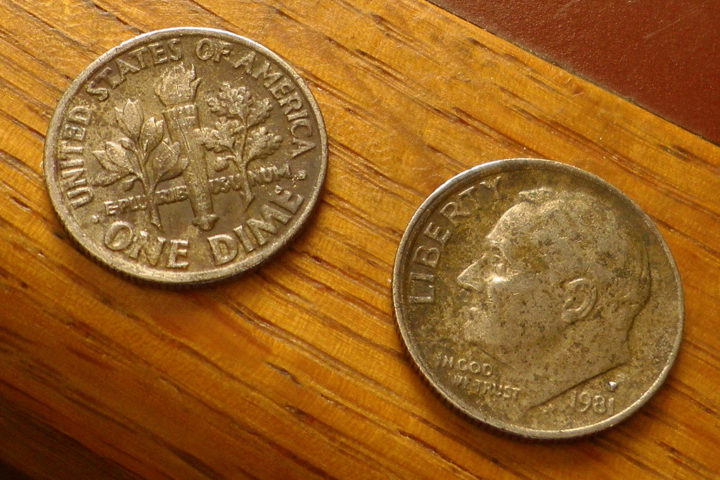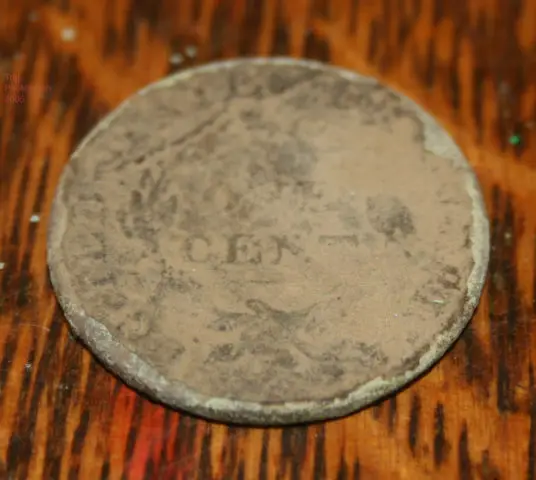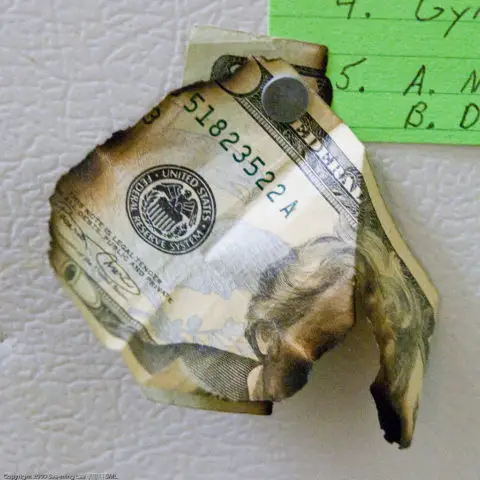Did you know the U.S. Mint will pay you for your damaged coins?
It’s true!
Since 2009, the US Mint has paid more than $100 million to individuals who turned in their damaged coins. (See update below!)
It’s called the United States Mint Mutilated Coin Redemption Program, and it was established in 1911.
How To Get Money For Damaged Coins
The US Mint currently pays $20 per pound for damaged dimes, quarters, and half dollars, and there’s no limit on how many mutilated coins you can submit.
What counts as a mutilated coin?
Here are some examples:
- Bent coins
- Burned coins
- Partial coins
- Fused coins
- Chipped coins
- Coins with holes
- Elongated pennies (or other coins) placed on railroad tracks or pressed
- Other types of coins that can’t be counted by machine at face value
The coins you turn in to the US Mint through its redemption program will be redeemed as scrap metal and recycled.
So how does the US Mint mutilated coin redemption program work?
It’s quite simple. Just bag up the damaged coins — sorted by denomination — and send them to the U.S. Mint. You will receive payment for eligible submissions within several weeks of the US Mint receiving your coins.
What About Pressed Pennies And Coins Made Into Jewelry?
Technically speaking, the following are all forms of damaged coins:
- Pressed or elongated pennies
- Colorized coins
- Coins turned into jewelry
- Magicians’ coins and other strange tokens
However, submitting them to the US Mint Mutilated Coin Redemption Program isn’t necessarily the best way to make money from those damaged coins.
All of the coins I listed above have their own types of collectors markets and are worth far more to individuals who enjoy collecting those coins than you’ll earn submitting those pieces to the U.S. Mint at a scrap exchange rate of $20 per pound.
Here’s what those coins may be worth to novelty coin collectors:
- Pressed pennies — 25 cents or more
- Colorized coins — $1 or more
- Coin jewelry — Various amounts from $1 to $25 or more
- Magician’s coins — $3 or more
- Other types of altered coins and strange tokens — 25 cents or more
What Are Contaminated Coins? Can They Be Redeemed, Too?
Ever wonder what happens to coins that have blood, urine, stool, or vomit on them?
What about coins found inside the body of a person or an animal?
How about moldy coins? Coins slathered in gum?
Hope I didn’t gross you out, and I certainly hope you weren’t munching on something tasty while reading this.
But, hey — aren’t you curious where these coins go?
As it happens, they, too, may be redeemed. But they don’t necessarily go to the same place as mutilated coins that don’t have an “ick factor” about them.
If you have contaminated coins, you basically have 2 options:
- Contact your nearest FedCash Services office
- Ask the Center for Disease Control and Prevention (CDC) how to decontaminate your coins
The Difference Between Mutilated Coins And Uncurrent Coins
You may have heard the term “uncurrent coin.”
How do uncurrent coins differ from mutilated coins?
An uncurrent coin is one that:
- Is heavily worn but still recognizable
- Weighs less than a standard coin of its type, due to natural abrasion
- Is recognizable and known to be genuine and can be counted by machine
Instead of putting these heavily worn coins back into your pocket change or coin jar, you can get full face value for them!
If you have uncurrent coins, do this:
- Redeem them through any Federal Reserve bank in your area
The U.S. Mint gets a lot of value from the redemption of damaged coins. It gets precious metals back so they may be used in new coins and protects the integrity of the U.S. coinage system by taking older coins out of circulation. Once the U.S. Mint had a better understanding of the process in which the coins are recovered, it was really a no-brainer.
– Source
UPDATE: FROM THE U.S. MINT
If you’ve been paying attention to news from the US Mint and US Treasury, you may have heard about the temporary suspension of the US Mint Mutilated Coin Redemption Program. (See update below!)
So, what’s going on?
Unfortunately, it looks like a few bad apples have ruined the coin redemption for the bunch — at least for a short while.
Some of those scrap coins have contained silicon and other trace elements that authentic US coins shouldn’t contain.
The US government, concerned about receiving potentially million of coins from abroad that may be counterfeit, temporarily suspended the US Mint Mutilated Coin Redemption Program while it investigates the coins further.
The plan has been to restart the coin redemption program once the US Mint determines how to make the initiative more secure and weed out counterfeit coins in the future.
If you’re interested in reading more about this temporary halt and the millions of dollars in possible counterfeit coins submitted to the US Mint from China, check out the following articles:
- US Mint Ends Coin Redemption Program
- Mutilated Coin Redemption Program Suspension Extended
- Firm Named In Coin Redemption Scheme Attempts To Clear Its Name
What About Damaged Bills?
Yes, the U.S. Bureau of Engraving and Printing — which prints American currency — replaces partially destroyed or badly damaged bills as a free public service.
They’ve been doing this since 2005.
If you have damaged bills that you’d like to redeem, do this:
- Submit a Mutilated Currency Claim










